The use of specialty malts in whisky production is a trend we’re starting to see more of. One of the people I first saw championing the use of specialist malts was Mark Reynier of Waterford’s Whisky and Renegade Rum. With his wine background and the importance of terroir in that industry. Mark wants to bring the same principles of growing organic malts in select locations, to his Waterford whisky’s.
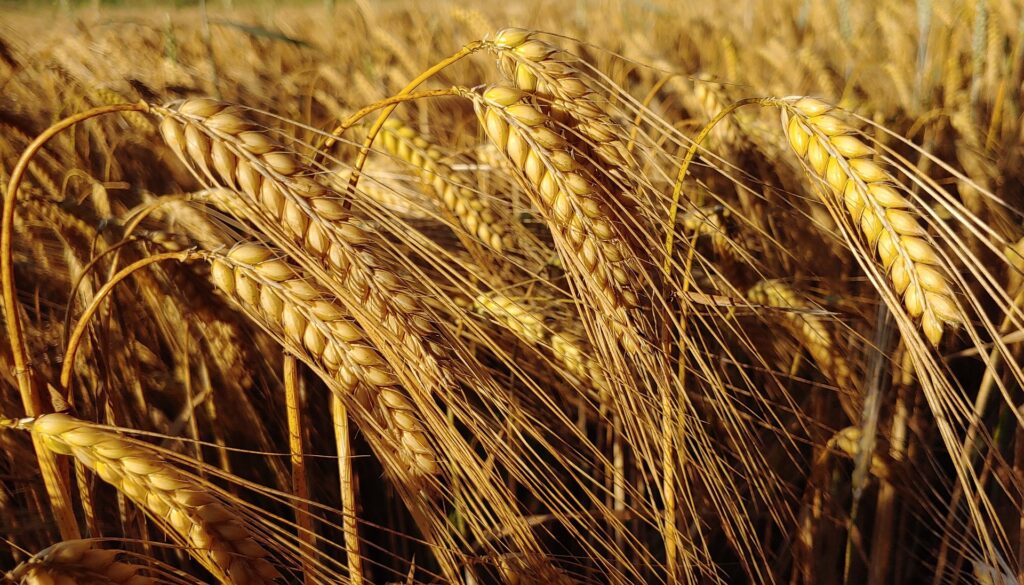
Following through with his belief “organic barley tastes better than conventionally grown, and those which are biodynamic, taste even better still”. In brewing, where my professional background lies, we’re seeing the rise of craft malt houses like Sweet Creek Malt House. A company considered a pioneer in craft malt production in the US.
The search for new flavors in the final product, is one which both breweries and some distilleries are looking into, and feel specialist malts are one answer. However, when it comes to whisky, there’s still a lot of push back from the industry, about the use of specialist malts. As whisky has been made a certain way for a long time. With Scotland the original home of whisky having practices which have been replicated for generations.
Crossover of Beer and Whisky
However, with the likes of Mark growing organic malt, based on terroir. Plus, newer small batch distillers, like Two Brewers Whisky and Grain Henge using specialist malts. Malts like chocolate, black and roasted barley are being used to make the wash, to then be distilled. These malts are typically used to make darker beers, such as stout, in brewing.
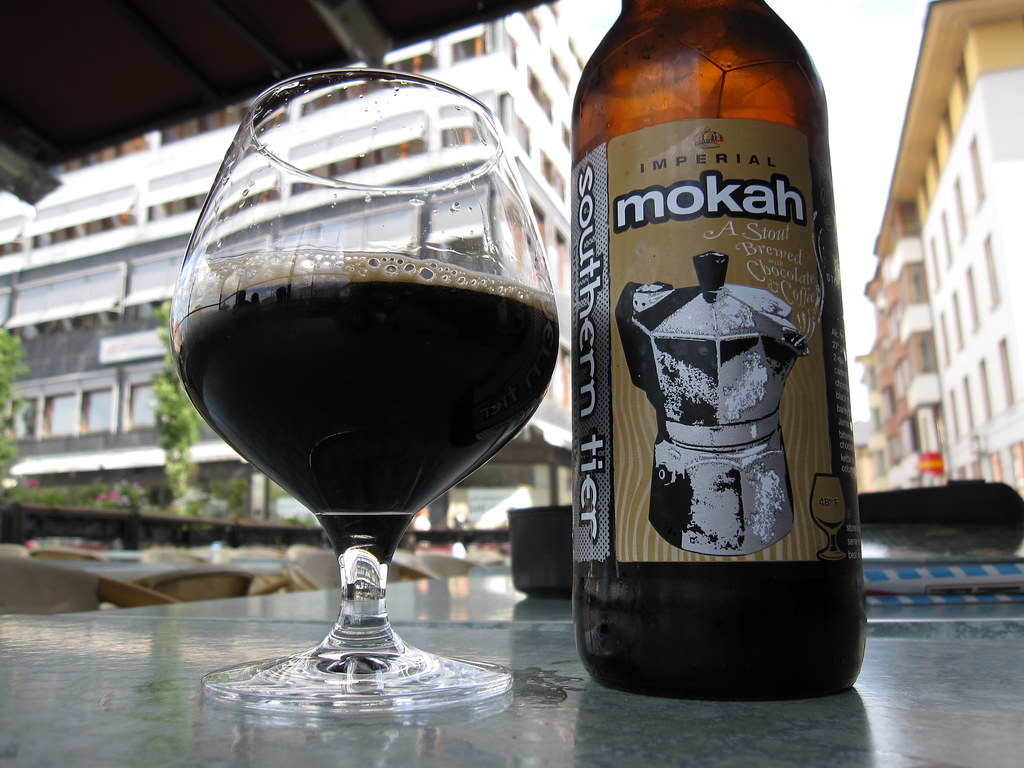
Furthermore, there have been many collaborations between brewers and distillers to turn Imperial Stout (used as the wash) to make Imperial Stout whisky. With one prime example being “Stubborn Russian Whisky”. A collaboration between Yackandandah’s Backwoods Distilling Co and Bright Brewery.
Backwoods used Bright’s 2019 Stubborn Russian Imperial Stout, distilled it and then aged the distillate in French Oak casks. Distilling an Imperial stout is different from typical whisky wash. Which is generally made from pale malts and grains like wheat.
What Can Whisky (Scotch) Be Made From?
Scotch can be made from five grains. If made with other grains like sorghum, for example, it can’t be considered scotch.
The five grains which scotch can be made with are:
- Malted barley – makes up the majority of the grain bill
- Maize/American Corn
- Rye
- Wheat
- Oats
Malted barley is generally used as the predominant grain to make the wash. As the enzymes in barley are needed to convert the starch in the grain, to sugars. Which will later ferment into alcohol. The other grains which can be used in Scotch, often don’t have enough enzymes by themselves, to convert starch to sugar in the mash. Although there are millet whiskeys available.
That’s whiskey with an “e”.
Historically the grains used to make the whisky wash, are what we brewers call base malts/grains. Pale malts/grains which don’t impart much color. Generally making the wash yellow to golden in color. With the distillate clear, after being run through the still.
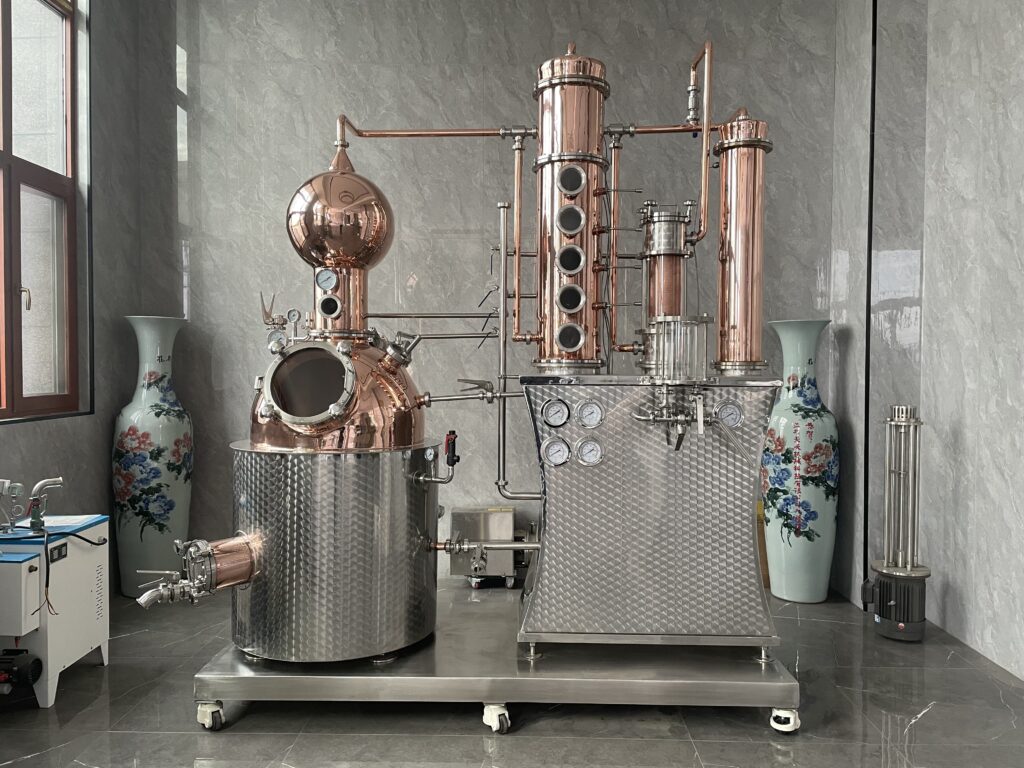
Specialty Malts in Whisky Production – Why is This Different?
A lot of whisky producers pay less intention to the wash produced. Instead, are more concerned about “the finish”. The finish being, how the whisky is aged. Most whisky casks are made of oak and are in fact often charred inside, to give whisky it’s unique flavor.
Scotch whisky is aged in casks of other industries. With the main one being old bourbon barrels. In fact, without bourbon production, the whisky industry as we know it, wouldn’t exist. In fact, they say nine out of ten casks used to mature whisky in Scotland, were originally used to mature bourbon or Tennessee Whiskey.
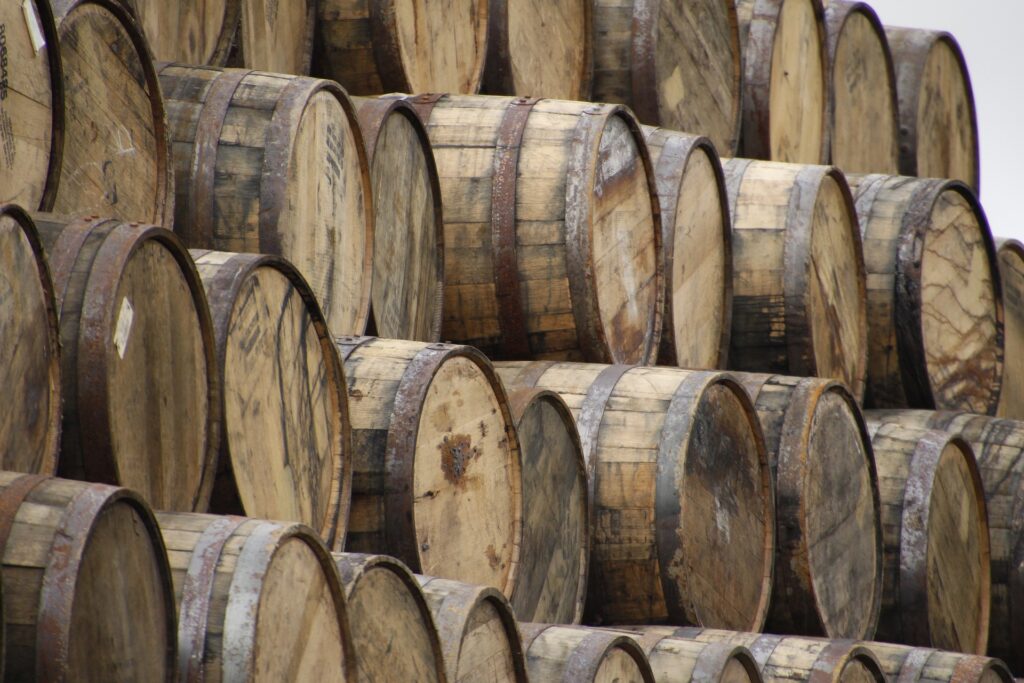
Less commonly used barrels come from the wine, sherry and port industry. As I said whisky producers concentrate on the finish/aging of the scotch, rather than the wash, itself. Marketing of these whiskies is all about promoting the finishing/aging. Rather than thinking about production from grain-to-glass or bottle.
It’s in the Grains
Placing emphasis on the how the wash is produced, using specialist grains is new to whisky production. Often whisky producers are simply using various pale base malts from around the world, on the spot market. Wash made with choice specialist grains, will be different to those typically made in the industry. With the sensory of the final whisky bottled enhanced in both flavor and aroma, as a result.
The Four Main Options When It Comes to Specialist Grains
Organic barley grown in preferential terroir – The environment the barley/grain is grown in, enhancing the final whisky.
Using specialist malts like roasted malts – Impacting the flavor and aroma of the wash, which carries over into the final whisky.
The use of heritage malts – Malt companies like Crisp, are reviving old barley varieties. Such as Chevalier and Plumage Archer. Malt varieties which can impart unique flavors/aromas. Something we’ll explore later in this article.
The use of non-traditional whisky grains – In theory cannot be called Scotch, but still worth us looking into.
Let’s take a look at each of these four strands individually. Starting with Heritage malts, we’ll draw heavily from information by Crisp Malting Company for our information. As this UK based maltster has an excellent heritage malt program. Furthermore, as brewer I’m excited by the work Crisp has done. With my interest naturally widening to distilling. Now I’m involved with the Nine River Distillery (9RD) project.
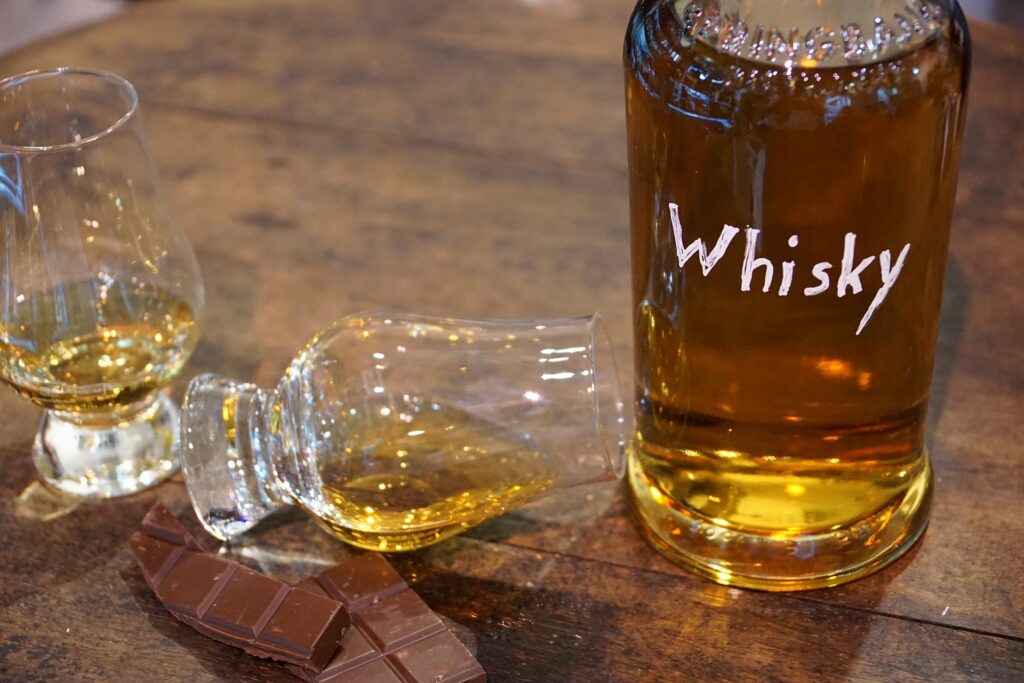
Specialty Malts in Whisky Production – Heritage Malts
Heritage malts are being used in a growing number of beers, being made. These revived heritage malts impart flavors, modern base malts simply can’t. Let’s take a look of one of the most popular revived malts by Crisp, Chevalier.
This malt was born in 1820, then lost to brewing at some point, only to “reborn” in 2015. Looking at the recipes of brewers in the 1800’s. You’d see Chevalier widely used. Chevalier was the backbone of the English brewing industry for roughly 100-years.
Losing Out to Higher Yielding Barleys
However, over time other barleys were discovered/bred, which had much higher yields per acre. It led to the decline and eventual loss of Chevalier to the brewing industry. It was only when 70-years later, when the John Innes Center in Norwich, UK were looking for barley varieties resistant to the plant disease, Fusarium head blight. Resulted in Chevalier barley being rediscovered, by a new generation of people in the brewing industry.
A handful of Chevalier seeds were planted and were seen to be resistant. Interest was piqued, and Crisp were approached to malt some of this Chevalier barley. Additionally, beers produced using this malt are celebrated for their rich complexity, deep “maltiness” and slight marmalade fruitiness.
This naturally leads to an interest in using Chevalier to produce wash. If the initial wash has a richer denser flavor with a hint of fruitiness. It could potentially add interesting flavor/aroma sensory notes, to a whisky too. Other heritage varieties which could be used in creating wash, include…
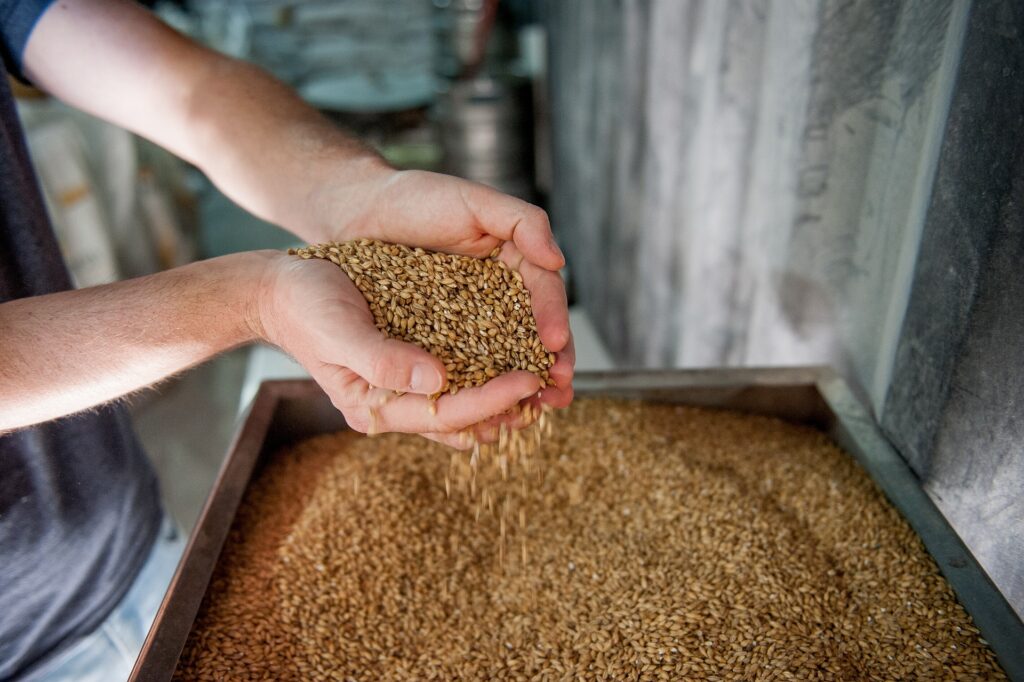
Hanna- Born in 1842, Reborn in 2020
An old Czech malt used to produce the very first pilsner lagers. This malt has the bready flavors associated with crisp continental lagers.
Plumage Archer – Born in 1905, Reborn in 2018
This was the first purposely bred malting barley variety, making it particularly special. It was crossbred from Plumage, a Danish barley and Archer, a UK barley famed for being easy to thresh. By 1940 along with Spratt Archer, Plumage accounted for 80% of English malting barley. Like Chevalier, it started to lose out to preferred varieties. Beginning to disappear in the 1960’s.
With the success of Chevalier’s revival, interest in Plumage was piqued. So, some was sown. This malt when used in brewing, gives a clean grain flavor. Furthermore, Plumage imparts fruity notes of apricot and pear too.
Other Heritage Malts
There are several other heritage malts now revived, and desired for the flavor they impart. Crisp also have Marris Otter, a widely used, malt with a deep flavor. When used to brew ales, it gives a malty complexness, loved by brewers and drinkers alike. Weyermann a German malting company, famed for the quality of their malts. Has Bohemian and Bohemian Dark too.
All these heritage malts are of interest to adventurous distillers. As they impact on the flavor of the wash produced. Providing complex rich malt tastes, as well as interesting aroma notes. The use of heritage malts and the restoration of Whisky flavors, was covered by the BBC website, in this article. Where they mention another malt, called Golden Promise, as well.
There’s a clear sensory difference, according to this article. When using heritage malts to produce the wash. With favorable aroma characteristics being noted. The nose of a whisky often heavily influences perceived taste for many drinkers. These malts certainly are worth trialing, and evaluating for their whisky making potential.
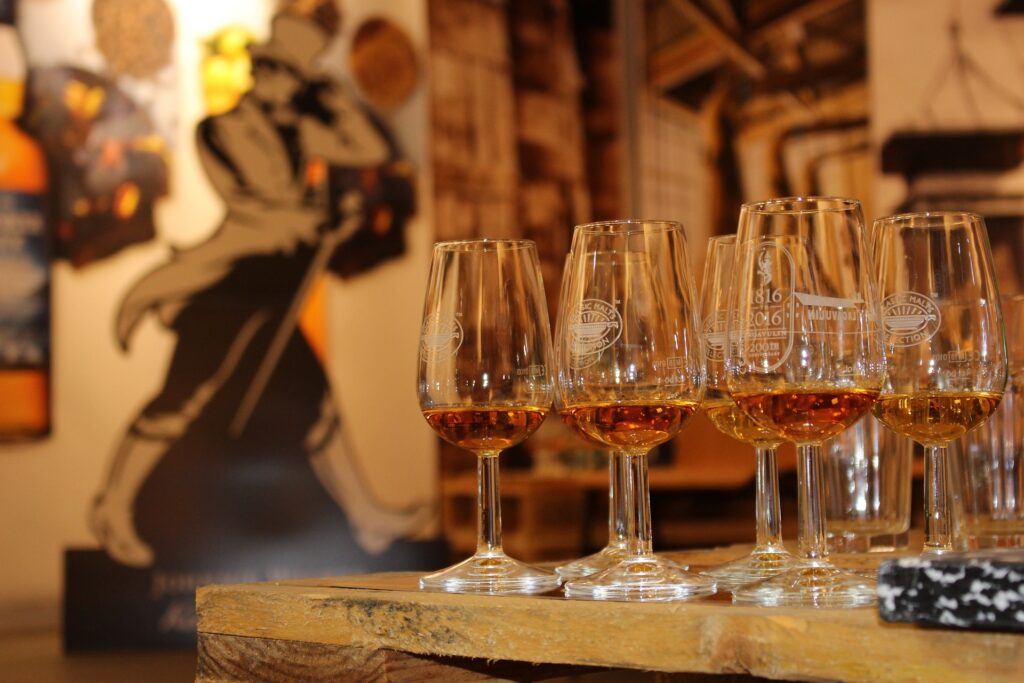
Organic Barley Grown in Preferential Terroir
As we’ve covered this subject somewhat, at the start of our article. Let’s fill it out further. Most people know about terroir from the wine industry. The “terroir” describes the quality of land where a crop is grown. Where competing environmental factors are at play, and can affect the final produce grown:
- The force and direction of the wind
- Which leads to effects of neighboring fauna on the crops grown
- Proximity to the ocean
- Plus, surrounding habitat
These can all effect, in our case the final barley grown. This barley when malted and used to make wash, again can affect finally sensory of the distillate produced, in either/or both aroma and taste. The thought process being; where and how the barley is grown can positively affect the final whisky produced.
It must also be noted: Mark Reynier first worked with different malts at Bruichladdich. He came from a wine background, and far as I’m aware, he first got into distilling Bruichladdich. This is where his initial ideas came from, concerning specialty malts in whisky production.
Using Specialist Malts Like Roasted Malts – Specialty Malts in Whisky Production
As a brewer the use of specialist malts, is something I live with day-in-and-day-out. There are numerous malts to choose from. From lighter specialist malts like, Vienna malt…which can actually be used as a base malt. Meaning it can make up to 100% of the grain bill.
To black malt, which is generally the darkest grain, maltsters offer. Where the maximum suggested usage is ten percent of total grain bill. Although most brewers will keep the rate at 5% or under.
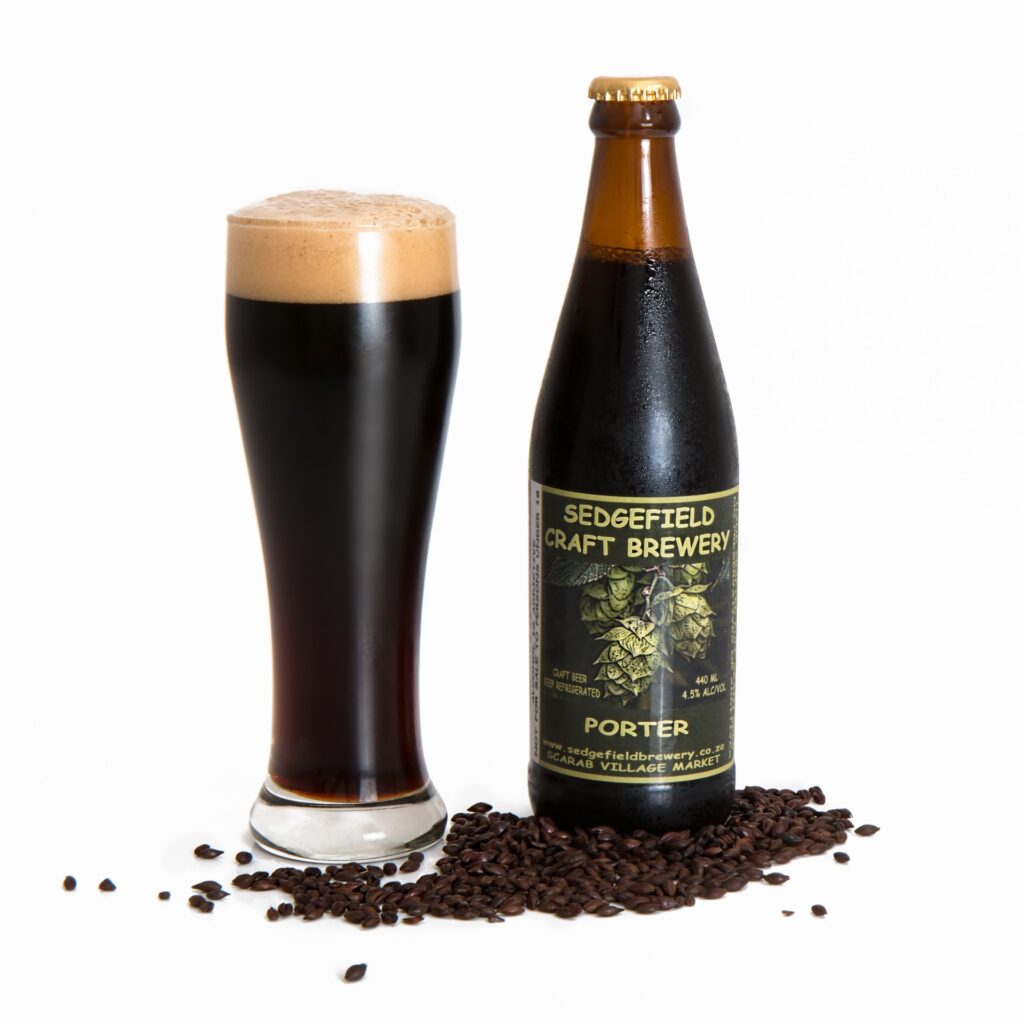
Simplification of the Specialist Malting Process
We’re going to simplify how these malts are made, to add some back ground info. This post is supposed to be an introduction only.
===> Brewers and maltsters – I know specialist malt production is more complicated than explained below, however…
Essentially, each specialist malt is steeped then kilned to specific processes. To give certain color, flavor and other sensory characteristics. Grains become darker and impart different flavors dependent on length of time and/or which temperatures they are kilned at. The kilning process is how different malts acquire their complex flavors.
When it comes to creating a wash…a grain bill is formulated to achieve the desired aroma/flavors in the wash produced. With the intention of carrying some of those unique sensory notes to the final whisky.
The Use of Non-Traditional Whisky Grains – Specialty Malts in Whisky Production
When using non-traditional grains, the final liquid produced can’t be called scotch. However, in US whiskey production, there are examples of millet and sorghum being used. Furthermore, as the production of craft spirits spreads to other parts of the world. The use of other “non-traditional” grains, I believe will become more widespread.
Think of rice in China or Teff in Africa (mostly associated with Ethiopia). Furthermore, with the advent of mash filters, these grains become even more accessible to distillers. This is a subject we may look at in more detail, in a future article. It’s definitely an emerging topic. Which breweries and distilleries are researching, trialing and putting in to practice.
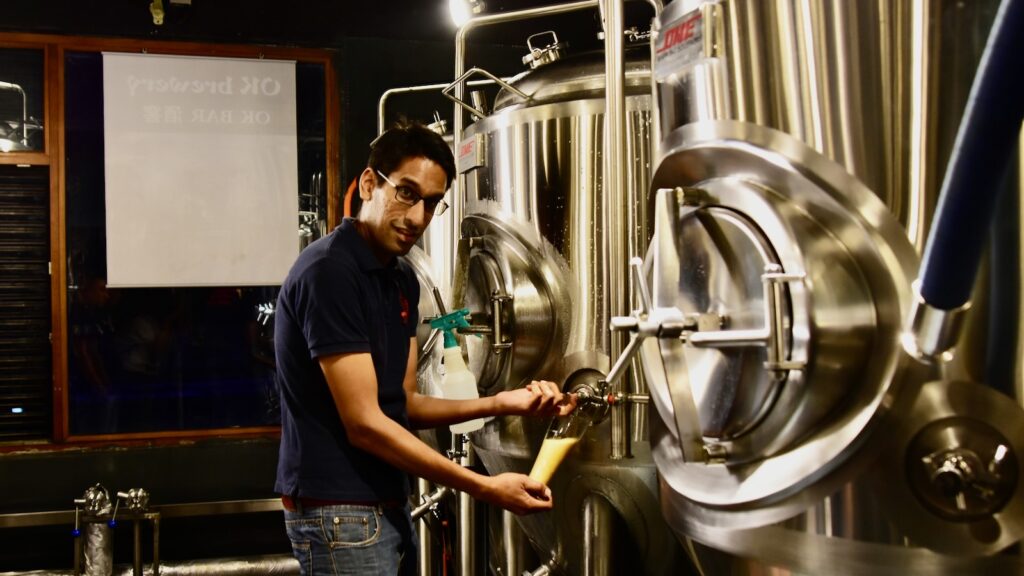
Specialty Malts in Whisky Production – Conclusions
We hope our article on “specialty malts in whisky production” has given you an introduction to this emerging trend. It’s something Nine Rivers Distilling will consider in the future as well. It’s one of the subjects myself and Jay have discussed. As I’ve given my take as a brewer, then together, we’ve hypothesized how the final whisky produced could be affected.
With the likes of Mark Reynier leading the way with his beliefs on “malt terroir”. We feel at Nine Rivers the use of specialist malts; be it terroir, heritage, roasted or even non-malt grains need to be studied further. To keep on top of emerging craft distilling trends.
Thanks for reading and if you have any follow-up questions or would like to add your own take. Feel free to comment below, or email me at:
neil.playfoot@nineriversdistillery.com
Or scan the QR code below to add me to WeChat! Looking forward to hearing from you.
